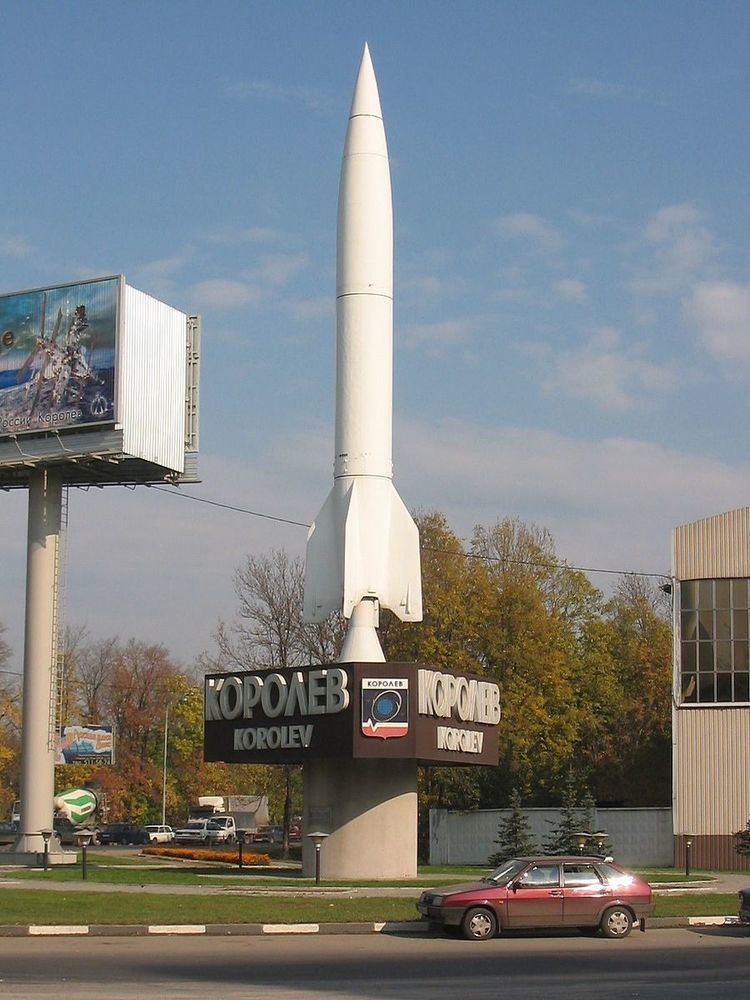Place of origin USSR | Operational
range 600 km (370 mi) | |
 | ||
Type Short-range ballistic missile | ||
The R-2 Short-range ballistic missile (NATO reporting name SS-2 Sibling, GRAU index 8Zh38) was developed based on the R-1 design. This was an improved version of the German V-2 rocket manufactured by the Soviet Union.
The R-1 was quickly followed by an evolutionary improvement, the R-2 (SS-2), which had a longer range and at least four major differences in design. The weight was increased by 50%, but the range was more than doubled, to 600 km (370 mi). R-2 had the following major differences from the R-1's (and hence from the V-2's) design:
The first test flight of the R-2 took place in September 1949, and it was accepted for service in November 1951, actually entering service in large numbers around 1953. A grand total of 1,545 R-1 and R-2 missiles were produced.
The R-2 missile was the last Soviet missile based on German designs. While some German influences would clearly remain, Soviet missiles after the R-2 would be based on original designs by the OKB-1 group.
The R-2A geophysical rocket was developed for vertical sounding flights. It carried dogs, monkeys, hamsters, and various high-altitude physics experiments in its nose cone. Two pods performed atmospheric analysis and were ejected from the missile's side to avoid contamination by engine exhaust.
The R-2 design was exported to China, where it was built as the Dongfeng 1
